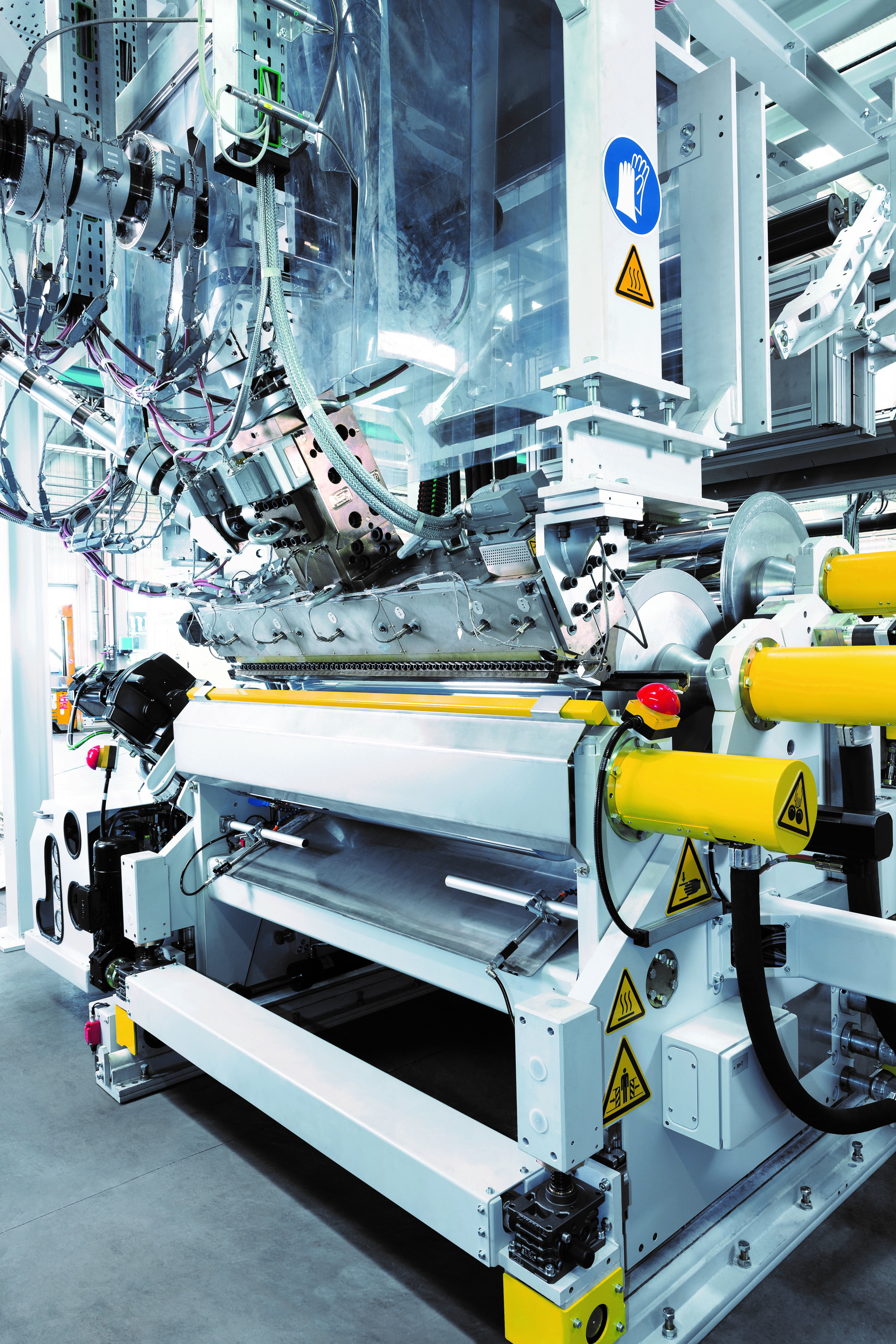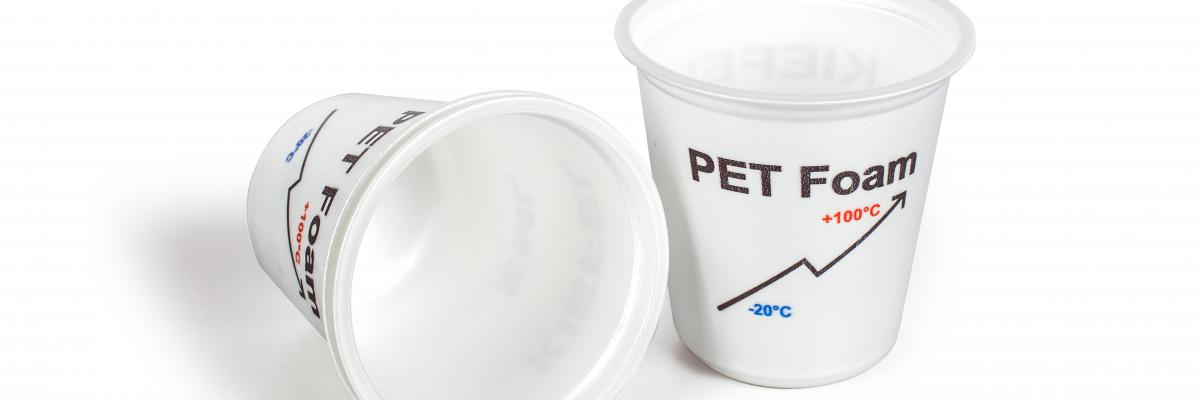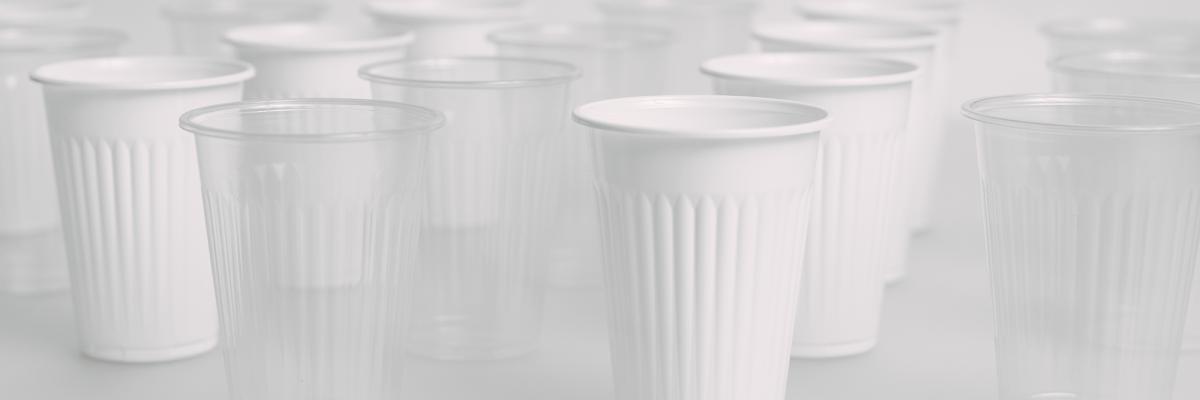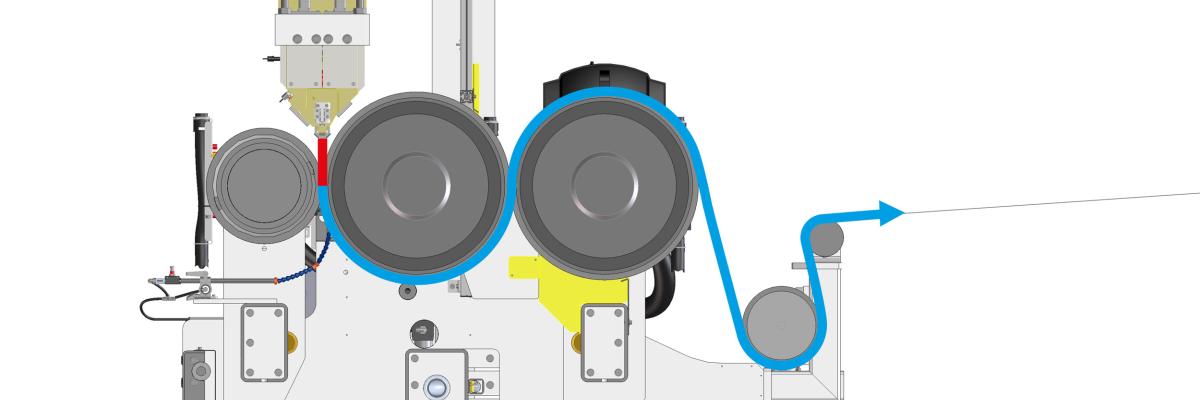Breadcrumb
Crystal clear big-size cups: What to be aware of when calendering extra-thick APET sheet
Calendering is a common method to produce extra-thick APET sheet for the thermoforming of big cups containing up to one liter in Europe or 32 ounces in the US. To obtain a crystal-clear product, a couple of fundamental factors must be taken into consideration. The intrinsic viscosity (IV) of the melt is a key to any successful production.
“If a glass-like quality is required for thermoforming APET sheet in the range from 1,200 to 2,000 microns, manufacturing becom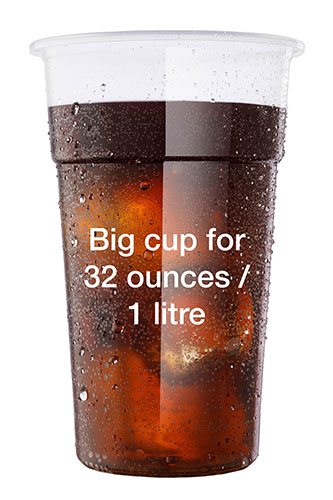 es relatively demanding. Process knowledge is a basic prerequisite for a successful production,” Rupert Becker, Product Manager at SML, comments.
es relatively demanding. Process knowledge is a basic prerequisite for a successful production,” Rupert Becker, Product Manager at SML, comments.
Choosing the right raw materials: IV value over 0.78 g/dl
'A highly viscous melt is essential for the production of crystal-clear, extra-thick APET sheet. Using raw materials with an IV value higher than 0.78 g/dl, in combination with pre-drying and single screw extrusion, guarantees minimum IV loss for the melt throughout the production process as a whole.
Calendering on slanted roll stacks
A slanted roll stack allows the highly viscous melt to stabilise before entering the nip, where the sheet thickness is determined. Disturbances or interruptions with regard to the melt bead can be largely excluded. This contributes enormously towards the formation of highly transparent APET sheet, the optical quality of which is comparable with PC or PMMA sheet, that are usually also manufactured on slanted roll stacks.
Paying attention to detail
High quality components are important. To prevent scratches, dots or dents on the sheet surface and attain the demanded quality at high output, the surface of each roller – from the roll stack to the winder – has to be with premium surface finish. The web guiding at all rollers, and especially the wrapping angles and the diameter of the guiding rollers, must be aligned for processing extra-thick sheet. Last but not least, the optimum fine settings all over the process and the right tension settings on the sheet web are essential for successful production.
Keep dust away
Crystal clear, extra-thick APET sheet should be produced in a relatively dust-free environment, as APET has a propensity for static charges. Otherwise, dust will be “sucked” to the sheet during production and can create scratches. “Dust might seem to be a tiny issue, but all of the measures mentioned above are null and void if the production environment is not relatively free of it,” Rupert Becker concludes.
SML offers a number of different technologies for the production of APET. For extra-thick thermoforming sheet for crystal-clear applications, SML recommends single screw extrusion systems in combination with upstream dehumidifying dryers, where the raw material is pre-treated.
Redlham, 11.01.2024
